
The romanticized golden age of Hollywood often conjures images of unbridled glamour, dazzling talent, and lives lived in the luxurious glow of celebrity. We imagine iconic stars gracing the silver screen, their every movement a testament to artistry and effortless charm. Yet, beneath this glittering veneer lay a darker, more intricate reality, particularly for the women whose images were meticulously crafted and aggressively controlled by powerful studio moguls.
In an era where studios felt they owned their female actors’ personal lives, bodies, and minds, being a famous woman was often a dangerous profession. The control wielded by these formidable presences, who operated with seeming impunity, extended far beyond professional contracts. It infiltrated the most intimate aspects of an actress’s existence, dictating everything from her appearance and relationships to her bodily autonomy and mental well-being, transforming lives into tightly managed commodities.
From coerced abortions to forced institutionalization, and from the erosion of personal identity to the imposition of grueling physical alterations, the stories of Old Hollywood’s leading ladies reveal a pervasive system of exploitation. This in-depth look unearths the harrowing experiences of several legendary actresses, whose private suffering starkly contrasts with their public personas, offering a critical examination of the true cost of stardom in a profoundly patriarchal industry.

1. **Lana Turner: The Imposed Silence of Motherhood**Lana Turner, a radiant star whose image was carefully cultivated, found herself entangled in the studio system’s most intimate and controlling demands. Her career, like many others, was predicated on maintaining a public persona deemed suitable by the powerful men who governed Hollywood. This meant that the natural course of a woman’s life, such as pregnancy, was often perceived not as a personal milestone but as a significant threat to a carefully constructed image and, crucially, to box-office profits.
Vanity Fair, in a searing exposé, detailed how Turner was among the major stars coerced into having abortions when they became unexpectedly pregnant. The pressure stemmed from the notorious “morality clauses” incorporated into studio agreements as early as 1922, which dictated that an “unintended pregnancy would not only bring shame to these top box-office earners — it would violate studio policy.” Such clauses essentially rendered actresses’ bodies and reproductive choices as extensions of their studio contracts, stripping them of fundamental autonomy.
Actresses lived in constant fear that non-compliance with these demands would result in the loss of their careers, a devastating prospect in an industry that offered immense, albeit controlled, success. The context reveals that MGM’s head of publicity, Howard Strickling, who was instrumental in arranging abortions for actresses, also orchestrated Turner’s. This chilling detail underscores the institutionalized nature of such procedures, carried out with discretion and efficiency to protect the studio’s investments and uphold its stringent, often hypocritical, moral standards.
The silence surrounding these events was a heavy burden, forcing women like Turner to endure profound personal trauma in the shadow of their dazzling public lives. Her story is a poignant testament to the ultimate control studios exerted, extending their reach into the most private and inviolable aspects of a woman’s existence, all for the sake of preserving a marketable, unblemished image.

2. **Clara Bow: The ‘It Girl’s’ Shattered Psyche**Clara Bow, the vivacious “It Girl” and original Hollywood starlet of the flapper era, embodied the youthful exuberance of the 1920s. Her meteoric rise to fame, ignited by the 1926 film *It*, brought immense popularity but also an unbearable torrent of scrutiny and rumor. The relentless focus on her private life, coupled with escalating legal troubles, created an untenable environment that ultimately led to a severe mental health crisis.
By 1931, at the tender age of 28, the mounting pressures of Hollywood and the unforgiving gaze of the media caused Bow to suffer a nervous breakdown. She sought refuge voluntarily in a sanitarium to recover, a stark indicator of the mental toll exacted by her public life. Upon her release, she made the difficult decision to leave Hollywood, settling in Nevada and marrying actor-turned-politician Rex Ball, hoping to find peace away from the relentless spotlight.
However, escaping the public eye did not signify an end to Bow’s mental health struggles. The scars of her past, including abuse at the hands of an alcoholic father and schizophrenic mother, ran deep. In 1949, after a suicide attempt five years prior, she agreed to undergo shock therapy. It was during this period that she received a diagnosis of schizophrenia, a condition that had also afflicted her mother, tragically linking her own suffering to a familial history of mental illness.
Her experience is further illuminated by the fact that when she suffered a total breakdown at 25 while filming *Kick In* in 1931, her studio, Paramount, responded not with support but with dismissal. Rather than aiding their struggling, money-making star, they “promptly fired her and left her flailing.” Bow officially retired from films in 1933, receding into obscurity and becoming a recluse until her death in 1965, a heartbreaking end for a woman who once captivated a nation but was ultimately abandoned by the system that created her fame.
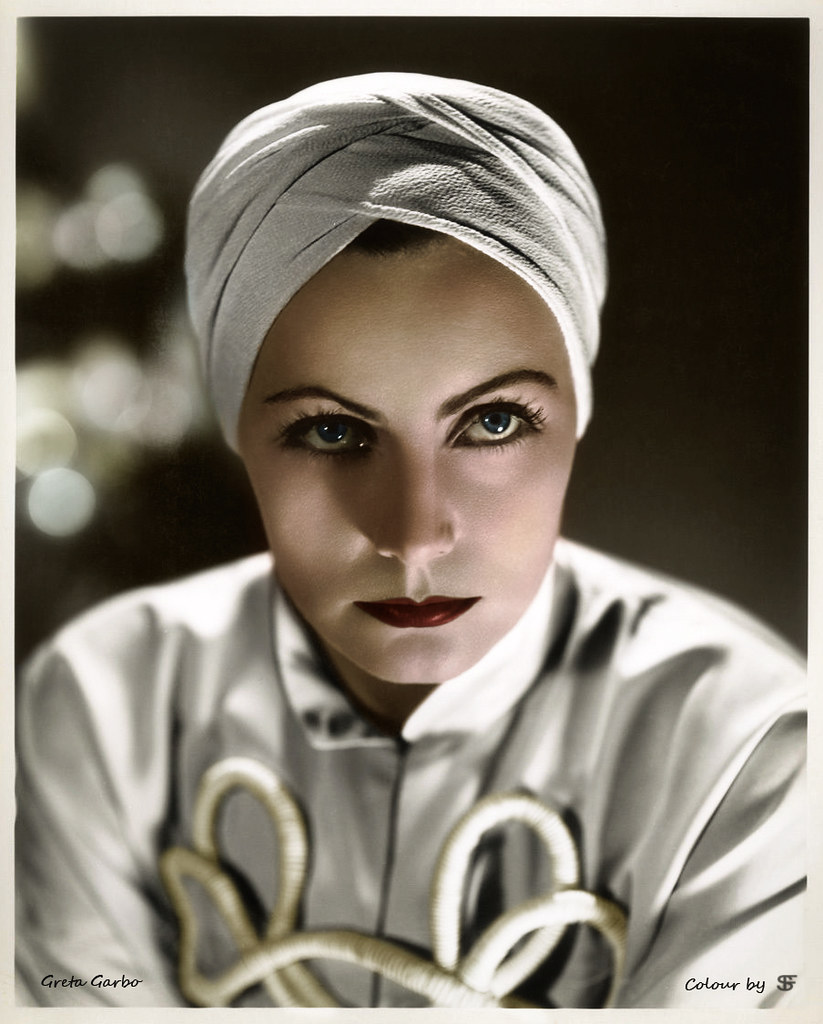
3. **Greta Garbo: The Tyranny of the Scale**Greta Garbo, the enigmatic and sophisticated Swedish actress, arrived in Hollywood as a potent symbol of international allure. Yet, even a star of her caliber was not immune to the pervasive body shaming and dietary controls imposed by the studios. Her story reveals the ruthless expectations placed upon women regarding their physical appearance, demonstrating that talent alone was insufficient without conforming to an idealized, and often unhealthy, physique.
Upon her arrival in the U.S. in the 1920s, MGM studio head Louis B. Mayer reportedly delivered a blunt and demeaning assessment of her appearance, stating, “In America, we don’t like fat women.” This single remark, dripping with the casual cruelty of patriarchal power, set the tone for Garbo’s relationship with her body in Hollywood. It underscored the industry’s obsession with a specific, often unattainable, aesthetic, particularly for its female stars, who were constantly under evaluation.
In response to this pressure, Garbo was compelled to embark on a strict and restrictive regimen, consuming “only spinach to lose weight.” This anecdote, highlighted by Zadie Smith in The Guardian, paints a stark picture of the extreme measures actresses were forced to undertake. Her lifelong adherence to this “bizarre and restrictive diet” to maintain her weight reveals the enduring psychological impact of such early criticisms and the constant vigilance required to satisfy studio demands.
Garbo’s case illustrates that even for celebrated figures, the physical body was not their own, but rather a canvas for the studios to manipulate and control according to prevailing beauty standards. This relentless focus on weight and appearance not only caused personal suffering but also set a dangerous precedent, contributing to a culture where disordered eating became a tragic coping mechanism for many women striving to survive and succeed in Hollywood.
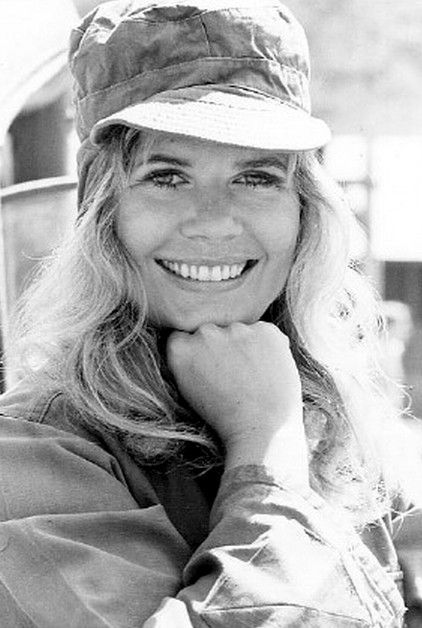
4. **Loretta Young: A Secret Concealed, a Trauma Revealed**Loretta Young, a child star who blossomed into an Academy Award-winning actress and a devout Roman Catholic, faced an agonizing moral dilemma when she became pregnant by the married Clark Gable during the filming of *Call of the Wild* in 1935. Unlike many of her contemporaries, Young steadfastly refused to have an abortion, a choice that forced her into an elaborate and profoundly secretive scheme to conceal her pregnancy and protect her career and reputation.
To manage the impending birth, Young feigned a “mysterious illness,” even granting a sickbed interview with a gossip columnist to bolster her story. She secretly gave birth, then orchestrated a public “adoption” of her own biological daughter. She informed the press that she would be raising an “orphan baby named Judy as a single mother,” a public narrative meticulously crafted to shield the truth from a judgmental public and an even more controlling studio system.
The truth of Judith’s parentage remained an open secret within Hollywood circles for decades, but Judith herself was not aware until she was 31 years old. The revelation came unexpectedly before her marriage, when her future husband informed her, “You’re Clark Gable’s daughter.” This shocking discovery ignited a quest for truth that led to a painful confrontation with her mother, during which Young finally confessed the details of her hidden pregnancy and the extreme lengths she went to maintain the facade.
Years later, in 1998, Young confided to her daughter-in-law, Linda Lewis, a far more devastating truth: Gable had raped her when she conceived Judith. This traumatic realization dawned upon Young after watching a segment about date rape on Larry King Live. The family kept this painful secret until both Young and Judith had passed away, illustrating the profound and enduring burden of an industry that not only forced women into impossible situations but also compelled them to carry the weight of untold traumas for a lifetime.
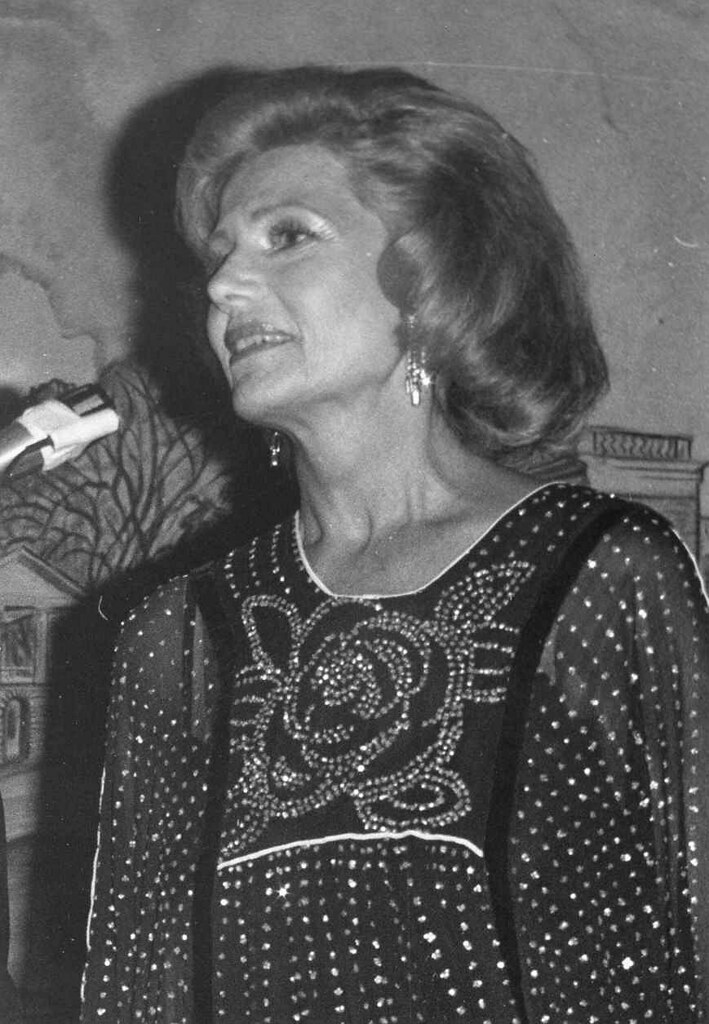
5. **Rita Hayworth: The Erasure of Heritage for an ‘All-American’ Image**Rita Hayworth, born Margarita Carmen Cansino, was a star whose very identity was systematically reshaped by the studio system to fit a manufactured ideal of “All-American” beauty. Her transformation was not merely a matter of styling; it was a deliberate and painful erasure of her Spanish heritage, deemed unsuitable for her projected image as a Hollywood sex symbol. This process exemplifies the insidious racism and cultural homogenization prevalent in Old Hollywood.
To achieve this desired Anglo-Saxon appearance, Hayworth was subjected to a year-long, grueling process of electrolysis, a painful procedure designed to raise her naturally low hairline. This physical alteration was complemented by the decision to dye her naturally dark hair a vibrant red, a hue that would become her signature, further distancing her from her Latin roots. Columbia Studio’s explicit desire was to “de-latinize” their new star, a mandate that forced Hayworth to sacrifice her authentic identity for commercial viability.
Despite this comprehensive makeover, aspects of Hayworth’s true heritage occasionally served the studio when it aligned with notions of sex appeal. Author Priscilla Peña Ovalle observed that “as a Cansino, Rita found that dance was an expected and compulsory part of her racialization as an ethnic dancer or cantina girl in Hollywood; as Hayworth, dance primarily functioned as a measure and limit of her characterization.” This duality highlights the cynical way her heritage was suppressed yet selectively invoked, commodifying her ethnicity only when it served a marketable stereotype.
Hayworth’s narrative is a potent example of how actresses were not just styled but fundamentally rebranded, often at great personal cost. The studios dictated not only how they looked but also who they were allowed to be, creating a superficial and often painful barrier between the performer and her true self, all in the service of crafting a universally appealing, yet tragically inauthentic, star persona.
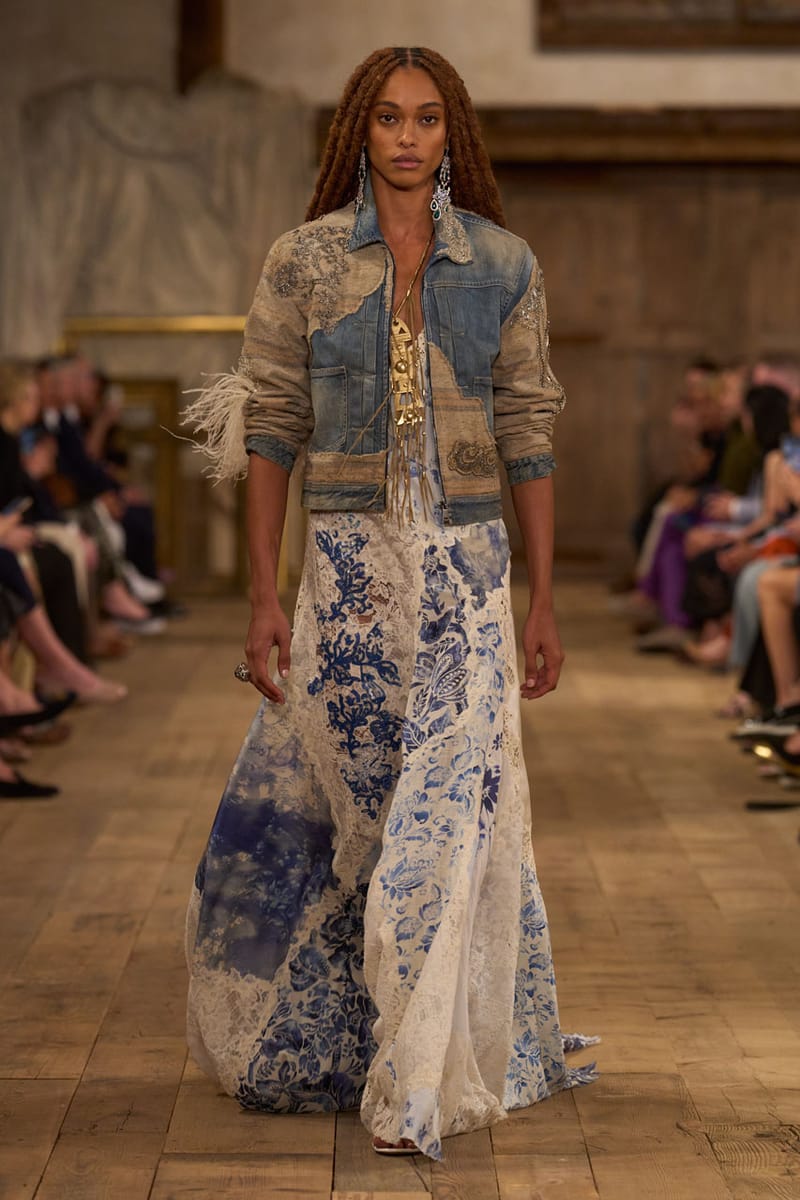
6. **Lauren Bacall: The Cultivation of a ‘Smoky’ Voice**Lauren Bacall, with her distinctive, husky voice, became synonymous with alluring sophistication and sharp wit. Yet, this iconic vocal quality was not natural but painstakingly cultivated through a grueling regimen imposed by the studio system. Her journey to achieving this famed “throaty purr” reveals the extreme lengths to which actresses were pushed to alter even their most innate characteristics to conform to studio-defined ideals of stardom.
Bacall’s naturally high-pitched, nasally voice was considered “unfashionable” for stars, particularly for women of her era. Under the urging of director Howard Hawks and his wife, Slim, Bacall embarked on intensive vocal lessons. This regimen demanded hours of shouting Shakespeare verses daily, an exercise designed to lower her vocal register and imbue it with the desired depth and resonance. It was a rigorous, almost torturous, process to manipulate a fundamental aspect of her being.
In her 1979 memoir, *By Myself*, Bacall vividly recounted the unconventional methods employed: “He [Howard Hawks] wanted me to drive into the hills, find some quiet spot, and read aloud.” She would diligently read novels, like *The Robe*, in a lower, louder register, in secluded canyons. She quipped that anyone passing by would have thought her “a candidate for the asylum,” highlighting the bizarre and isolating nature of her vocal training, all aimed at achieving a specific, controlled sound.
The lessons proved effective, transforming her voice into what critics would laud as a “smoky, sexual growl.” However, this artistic success came with a physical consequence. Later in life, a medical condition known as Bogart-Bacall Syndrome was named after her and her first husband, Humphrey Bogart. This condition affects individuals who speak in a lower-than-normal register for extended periods, a lasting testament to the physical toll of conforming to an imposed vocal ideal. Her story underscores how even the most intimate physical attributes were subject to ruthless alteration for the sake of an idealized screen image.

7. **Katharine Hepburn: The Unyielding Spirit Against Conformity**Katharine Hepburn, a name synonymous with unparalleled talent and an indomitable will, carved a unique path through Hollywood’s Golden Age. Her brilliance extended beyond her acting prowess, manifesting vibrantly in her unapologetic personal style that challenged the rigid gender norms of her era. Long before it became acceptable, Hepburn was a trailblazer, making trousers a hallmark of her rebellious elegance, a choice that solidified her image as a woman ahead of her time. By 1933, she was already celebrated in publications like *Movie Classic* magazine, featured alongside other silver screen luminaries as a leading figure “among the stars who have lined up on the side of trousers for women,” a testament to her pioneering influence.
Such overt defiance of conventional femininity, however, was not without its repercussions within the highly controlled studio system. Hollywood executives, ever keen on dictating the public image of their stars, often viewed Hepburn’s sartorial choices as an affront. While working tirelessly at RKO, Hepburn frequently arrived on set in her comfortable blue jeans. This seemingly innocuous act was deemed unacceptable, prompting an egregious act of studio overreach designed to force her compliance: one day, her beloved jeans were confiscated, a calculated attempt to coerce her into adopting a “more feminine” style.
The expectation was clear: she would don a skirt, surrender to the studio’s aesthetic demands, and quietly conform. Yet, in a powerful display of her unyielding spirit and profound sense of bodily autonomy, Hepburn refused to be intimidated. Rather than capitulate to their dictates, she chose a truly unforgettable act of defiance. She boldly navigated the studio lot in her underwear, a defiant statement that reverberated through the halls of RKO. This audacious refusal to be shamed or controlled quickly garnered the desired effect, and her jeans were “promptly returned,” a swift acknowledgment of her unwavering resolve.
Ultimately, Hepburn’s fearless individualism, far from hindering her career, cemented her status as an iconoclast. Her unwavering commitment to her authentic self, despite intense pressure, transformed her into, as Mary McNamara eloquently noted in the actor’s 2003 obituary, “the patron saint of the independent American female.” Her legacy stands as a powerful reminder that true star power often lies not in conformity, but in the courage to challenge systems designed to control and diminish individuality, illuminating the broader struggle for self-expression and autonomy faced by women in an industry that sought to own every facet of their being.
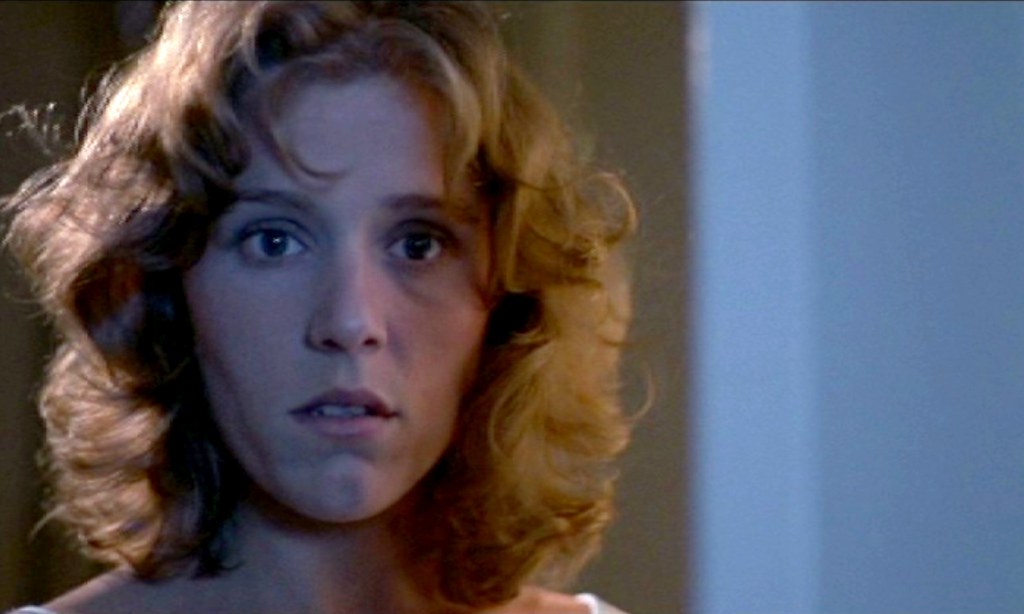
8. **Frances Farmer: The Tragic Descent into Institutional Control**Frances Farmer, an actress of undeniable talent and independent spirit, found her promising career tragically derailed by a Hollywood system ill-equipped to handle — or perhaps, unwilling to tolerate — her nonconformity. Her journey into the depths of institutional control began in October 1942, when she was stopped by a police officer for driving with headlights on during a wartime blackout. Farmer’s defiant response — reportedly telling the officer, “You bore me,” and employing “colorful descriptions” — foreshadowed a collision with authority that would ultimately consume her life. Though initially charged only with drunken driving, her troubles escalated.
Months later, she faced a grave accusation of assault from a studio hairdresser, leading to a harsh 180-day jail sentence. However, in a twist that would prove far more sinister than imprisonment, her sister and a Los Angeles County deputy intervened, successfully working to have her committed to the psychiatric ward of Los Angeles General Hospital instead of serving time. There, Farmer was swiftly diagnosed with “manic depressive psychosis,” a label that marked the beginning of her harrowing journey through a medical system intertwined with studio interests.
With the ostensible assistance of the Screen Actors’ Guild, she was transferred to another facility, the Kimball Sanitarium, ostensibly for more appropriate “treatments.” There, psychiatrists delivered a new, more severe diagnosis of paranoid schizophrenia and subjected her to experimental and brutal insulin shock therapy, a procedure designed to induce a comatose state in patients, rather than offering genuine therapeutic care. These “treatments” proved utterly futile, and her plight worsened, leading to yet another transfer, this time to the violent ward of Western Washington State Hospital.
What awaited her there was nothing short of “hell on earth,” a grim testament to the barbaric practices then prevalent in mental institutions. Beyond the sadistic medical procedures and dehumanizing treatments, patients, including Farmer, were reportedly subjected to egregious sexual violence, assaulted by fellow patients, indifferent orderlies, and even GIs stationed at a nearby Army base. Miraculously, Frances Farmer survived these unspeakable ordeals, though forever scarred. She eventually relocated to Indianapolis, living in relative obscurity, a chilling indictment of a system that not only failed to support a struggling artist but actively participated in her brutalization, demonstrating the terrifying extent of control and abuse possible when unchecked power intersects with vulnerability and mental illness.

9. **Dorothy Dandridge: The Unseen Costs of a Pioneering Stardom**Dorothy Dandridge, a luminous and pioneering figure in Hollywood, broke significant barriers as an African American actress, yet her groundbreaking path was, like so many of her contemporaries, tragically marred by the systemic cruelties of the studio system. Despite her immense talent and undeniable charisma, she was not immune to the pervasive control exerted over female stars, particularly regarding their personal lives and public image. Her name, alongside other major luminaries like Lana Turner and Jean Harlow, appears in searing exposés, confirming her place among those “major stars” who were coerced into having abortions.
The instrument of this profound violation of bodily autonomy was the infamous “morality clause,” a contractual stipulation embedded in studio agreements as early as 1922. These clauses were far more than mere legal formalities; they served as potent weapons for studios to dictate the most intimate aspects of an actress’s existence. An “unintended pregnancy,” for a star like Dandridge, was not a personal event but a catastrophic public relations crisis, threatening not only the carefully constructed “innocent” or “glamorous” image deemed profitable but also violating strict studio policy.
For women like Dorothy Dandridge, the threat of non-compliance was constant and career-ending, forcing actresses into agonizing, deeply personal choices under immense emotional distress. Her inclusion in this somber list underscores that the studio system’s reach extended across racial lines, subjecting all its female commodities to the same dehumanizing expectations and violations, robbing them of fundamental human rights for the sake of profit and a manufactured public image. Her experience thus stands as a poignant illustration of the multifaceted exploitation that defined Hollywood’s Golden Age.

10. **Lena Horne: A Legacy Defined by Resilient Artistry Amidst Systemic Constraints**Lena Horne, an artist of extraordinary elegance and a formidable voice, became an indelible figure in the Golden Age of Hollywood, her very presence challenging the entrenched racial barriers of her time. While specific, granular details of her personal battles within the studio system may not be exhaustively documented in every historical account provided, her inclusion among these prominent women unequivocally places her within the narrative of actresses who endured profound unfair treatment. Her experience, like those of her peers, was shaped by an industry that sought absolute control over its stars, particularly women and, even more acutely, women of color.
The insidious nature of Hollywood’s power structures ensured that virtually no female star, regardless of her talent or magnitude, was exempt from the pervasive manipulation of image and career. For Horne, navigating this landscape meant contending not only with the typical gendered expectations of beauty and conduct but also with the deeply entrenched racial prejudices of the era. The studios, ever conscious of marketability and public perception, often dictated everything from screen roles to public appearances, meticulously crafting personas that frequently came at the expense of an artist’s authentic self and professional agency.
While the precise mechanisms of her exploitation may vary from the documented traumas of others on this list, the overarching pattern of studio interference and control was a constant. This often manifested in restrictive contracts, the limitation of complex roles, and the imposition of public images designed to appease a conservative audience. Lena Horne’s enduring legacy of resilient artistry, therefore, stands not only as a testament to her immense talent but also as a quiet, yet powerful, indictment of the systemic constraints and unfair burdens placed upon her by the very industry that profited from her brilliance.

11. **Judy Garland: The Ultimate Price of Manufactured Innocence**Few stars encapsulate the tragic underbelly of Hollywood’s Golden Age quite as poignantly as Judy Garland. Her arrival at MGM in 1935, at the tender age of 13, marked the beginning of a relentless and ultimately devastating journey through a system that prioritized profit over humanity. Paired with fellow child star Mickey Rooney, Garland was immediately plunged into a grueling schedule of singing and dance rehearsals, often working six days a week for as many as 18 hours a day. This relentless pace was designed to extract maximum output from young talent, pushing them to the brink of exhaustion from their earliest years.
To maintain this unsustainable pace and control her burgeoning weight, MGM subjected Garland to a dangerous drug regimen that would plague her for life. She was supplied with a constant stream of amphetamines to keep her energy levels artificially high and suppress her appetite. When exhaustion inevitably set in, the studio’s chilling solution was to administer sleeping pills, as Garland herself recounted, describing how she and Rooney would be “knocked out with sleeping pills.” After just a few hours, they would be roused and given “pep pills again so we could work 72 hours in a row,” creating a brutal and inescapable cycle of dependency. This, coupled with severe body shaming from executives who called her a “fat little pig,” led to dangerously restrictive diets, including black coffee, chicken soup, 80 cigarettes daily, and appetite-suppressing pills, setting a lifelong pattern of disordered eating.
The trauma extended to horrific sexual assaults within the very halls of Hollywood. Garland was subjected to unwanted sexual advances from a multitude of men, including the notorious MGM head, Louis B. Mayer, and even actors who portrayed the Munchkins in *The Wizard of Oz*. Her ex-husband, Sid Luft, chillingly detailed in his posthumous memoir how “They [the Munchkin actors] would make Judy’s life miserable on set by putting their hands under her dress…The men were 40 or more years old,” highlighting the predatory environment she was forced to navigate as a vulnerable child star.
Furthermore, Garland was a victim of forced abortions, a barbaric practice designed to maintain the illusion of her perpetual youth and innocence. At just 18, after secretly marrying David Rose without MGM’s consent, she became pregnant. Fearing the pregnancy would tarnish her carefully crafted public image, both the studio and, heartbreakingly, her own mother, Ethel, conspired to arrange an abortion. Two years later, after an affair with Tyrone Power, she found herself pregnant again, and once more, MGM’s head of publicity arranged for a second procedure. These profound violations, coupled with lifelong mental health struggles and addiction, culminated in her untimely death in 1969 at the age of 47 from an accidental barbiturate overdose, a tragic testament to the devastating cost of Hollywood’s relentless exploitation.
The harrowing narratives of these luminous women from Hollywood’s golden age cast a long, unyielding shadow over the industry’s glittering facade. They reveal a truth far more complex and often tragic than the silver screen ever dared to portray—a system that commodified not just talent, but identity, autonomy, and even the very humanity of its female stars. Yet, as we reflect on their profound struggles, it becomes starkly evident that the echoes of these injustices resonate even today. The contemporary entertainment landscape, while outwardly transformed, still grapples with deeply ingrained double standards and relentless scrutiny, particularly for women. From the casual sexism and critical imbalance highlighted by figures like Taylor Swift and Rachel Zegler, to the ongoing battle for bodily autonomy and respect, the fight for true equity in Hollywood remains a potent and necessary endeavor. This legacy serves not merely as a historical cautionary tale, but as an urgent call to action, reminding us that the quest for justice and genuine empowerment for women in the public eye is a story still being written.


